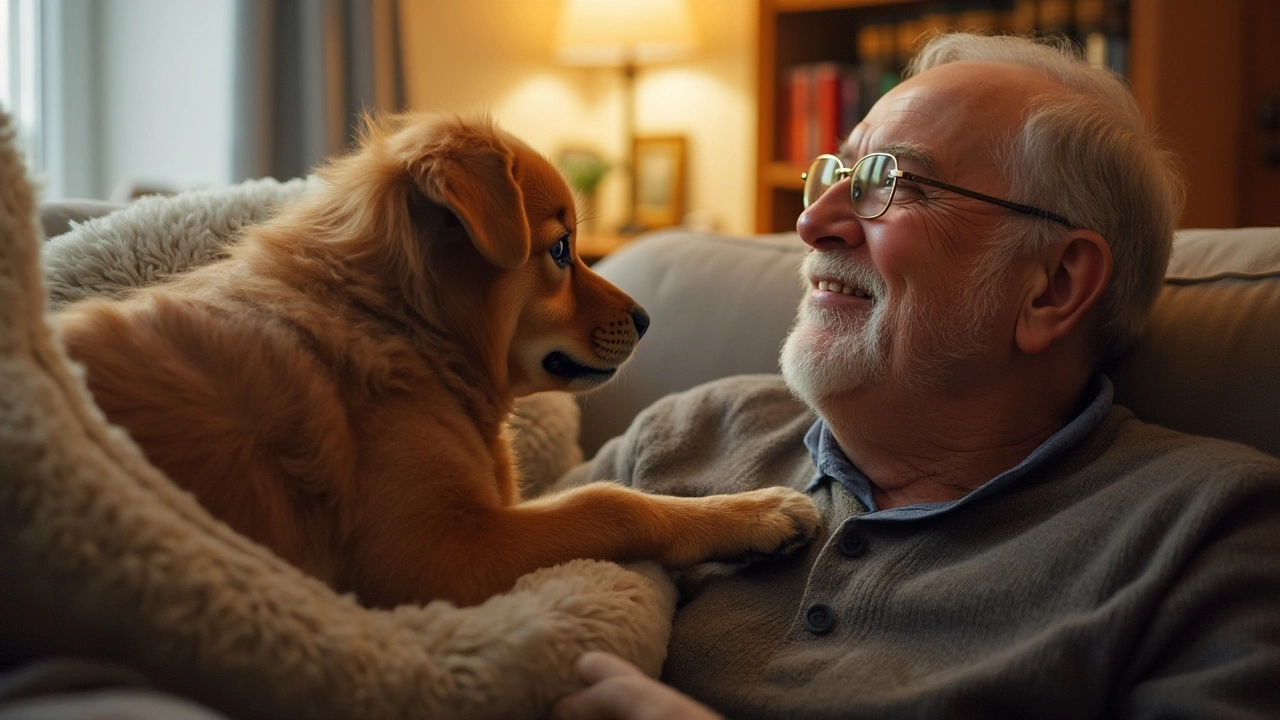Dog Paw Signals: Decode Your Pup's Little Gestures
Ever notice your dog nudging you with a paw and wonder what they’re trying to say? Dogs use their paws just like we use words – to ask for attention, show excitement, or signal discomfort. Knowing the basics can make life smoother for both of you.
Common Paw Moves and Their Meanings
Gentle Paw Tap: A soft tap usually means "Hey, look at me!" It’s a friendly nudge for play or to get a treat. If the tap is repeated, your dog may be begging for more interaction.
One‑Paw Lift: When a single paw is raised and held up, it often signals curiosity or a request for help. Think of it as a canine high‑five – they’re trying to engage you.
Pressing the Paw Down: A firm press on your leg or a piece of furniture can be a sign of anxiety or a need for reassurance. Dogs sometimes do this when they’re nervous about loud noises or new environments.
Scratching the Air: If your dog scratches the air with their paw, they might be excited or trying to get your attention before a big burst of energy, like before a walk.
Claw‑Harsh Digging: Rapid, claw‑y digging motions on the floor often mean your dog is bored or trying to release pent‑up energy. A quick game of fetch can usually fix this.
How to Respond the Right Way
First, stay calm. Reacting loudly or pulling away can confuse your dog. If the paw signal is a request for play, grab a toy and engage. If it’s a sign of stress, offer a calm voice and a safe spot, like their bed or a quiet corner.
Use consistent commands. When your dog gives a “paw tap” for a treat, say “yes” and reward. Over time they’ll learn that specific paws equal specific outcomes.
Watch the whole body. Paw signals are just one part of the picture. A wagging tail, relaxed ears, and soft eyes usually accompany a friendly paw tap. A tucked tail or pinned ears paired with a pressed paw point to fear.
Practice “paw” tricks during training sessions. Teaching your dog to offer a paw on cue not only looks cute but also gives you a clear way to ask for a signal when you need it.
Finally, keep health in mind. If you notice sudden changes in paw behavior – like excessive licking or dragging a paw – it could be an injury or skin issue. A quick vet check can rule out problems.
Understanding dog paw signals isn’t a magic trick, but it’s a handy skill that builds trust. The next time your pup taps your knee, you’ll know it’s more than a random touch – it’s a conversation. So watch those paws, respond with the right energy, and enjoy the clearer connection you’ll share with your furry friend.

Understanding Your Dog's Paw Gestures: What It's Telling You
When your dog places their paw on you, it's more than just a random touch. This gesture can convey a range of emotions and desires, from affection to playfulness. Understanding these signals helps deepen the bond with your furry friend. This article explores the meanings behind different paw interactions, providing insights into your dog's behavior and tips on choosing the best dog bed to support their physical comfort.
View more